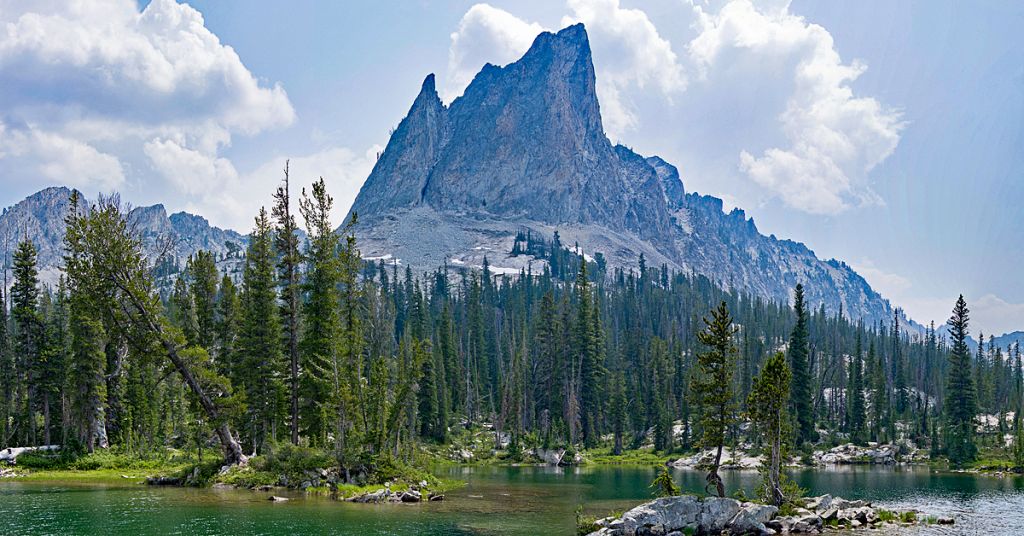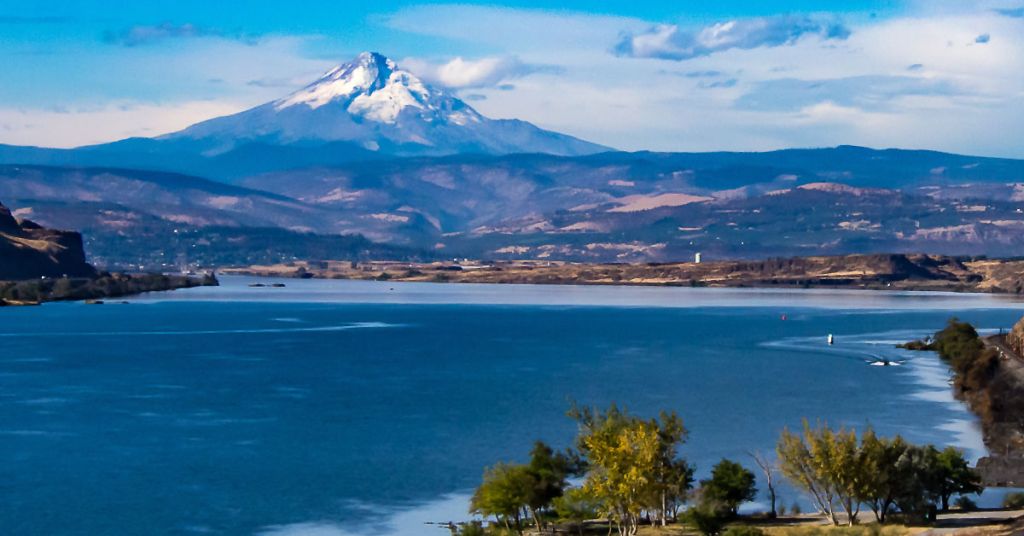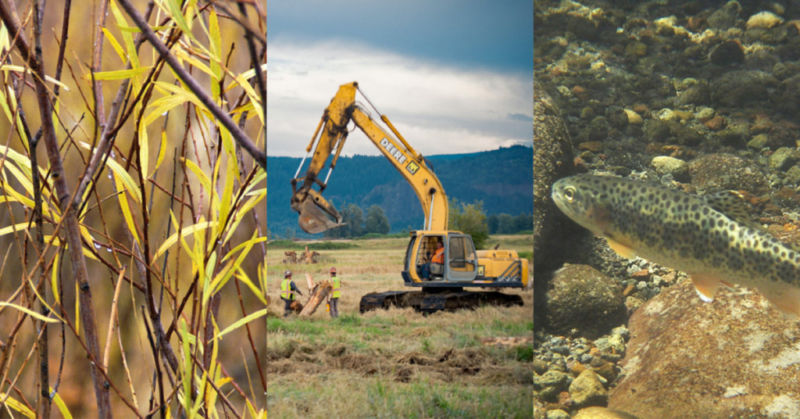After decades of budget and staff cuts, overreliance on volunteers and waning political support, Idaho’s prize wildland feels the pinch on its 50th anniversary

Jagged, jaded: Idaho lawmakers once rallied around the Sawtooth’s natural beauty. Now it’s controversial. Photo: Alex Butterfield/Creative Commons
By Jordan Rane, August 22, 2022. The U.S. Forest Service may not officially pick favorites from its sizeable portfolio of land units. But in the Gem State, where the agency manages over 20 million acres divvied between seven national forests, Sawtooth National Recreation Area is otherwise clearly one of them.
“A very special place here in the heart of Idaho—756,000 acres of beautiful mountainous scenery,” is how the USFS describes its flagship unit, which marks its 50th anniversary this week.
Established on August 22, 1972, Sawtooth National Recreation Area was championed by a broad cross section of politicians, homesteaders, miners and recreationists after several attempts to create a national park had failed.
Enjoyed by a record number of visitors since the pandemic, Sawtooth in its milestone year has also suffered from funding slashes, employee cuts of about 60%, overwhelming maintenance demands and waning political support in recent decades.
At a closer glance, it’s 50th anniversary looks a lot like midlife crisis.
“We’re supposed to be a showcase for the national forest system,” SNRA Ranger Kirk Flannigan told the Idaho Statesman last week.
Behind the scenes, he says, it’s a “roller coaster” of up and downs—and mainly the latter.
“We’ve typically been flat or down in our budget, and we cannot maintain an adequate staffing level,” says Flannigan.
19 ‘core’ employees, 600,000 visitors
Located between a trio of mountain ranges, including the namesake Sawtooths, in central Idaho, the area’s expanse of craggy peaks, rivers and over 300 alpine lakes draws close to 600,000 annual visitors at last count.
According to the USFS, that estimate has nearly doubled in the last seven years. In the mid-1970s, a healthy staff of 40 employees served a fractional number of annual recreationists, maxing out at about 20,000.
The heightened demands at Sawtooth these days far surpass its skeletal Forest Service staff—reportedly pared down to 19 “core” employees.
A host of duties from trail upkeep to river management and wildlife preservation are now partnered out to volunteer units, local nonprofits and other groups.
Salmon restoration efforts are spearheaded by Shoshone-Bannock Tribes.
An outsourced interpretive organization has long since taken over educational work (formerly done by rangers) at the recreation area’s visitor center.
And the behemoth job of maintaining Sawtooth’s 900 miles of trails is now largely in the hands of groups like the Idaho Trails Association, Idaho Conservation League and the Sawtooth Society—whose volunteers tromp through tree-fallen backcountry with hard hats, hand saws and minimal oversight, just to keep as many trails as hike-able as possible.
In 2020, the Sawtooth Society alone cleared a record 163 miles of trail in a single summer. Incredible. And unsustainable.
“Without these partners, we’d be in a world of hurt,” SNRA Recreation Program Manager Susan James told the Idaho Statesman. “I wouldn’t say we’re losing any miles of trail, but we’re definitely falling behind on maintaining them.”
Repubs not in a celebratory mood
Back in the ‘70s, Sawtooth benefitted from broad political support to help build an enormous trail system and fund easements on thousands of acres of private land throughout the area.
Cut to 2022: legislative support for SNRA has lately been hitting some new lows.
The lowest came in March when Idaho’s House of Representatives voted down House Concurrent Resolution 51—a bill introduced to commemorate the 50th anniversary of Sawtooth National Recreation Act and “celebrate the contributions that Idahoans have made to protect and appreciate this iconic landscape in Idaho.”
Two separate attempts in a single week to pass the resolution failed by wide margins.
“I’m just trying to honor some hard workers and some beautiful land in our state, that’s about it,” said the bill’s sponsor, Rep. Ned Burns, D-Bellevue, as reported by the Idaho Capital Sun.
“This is not a celebration of the wilderness of the state of Idaho,” rejoined Rep. Megan Blanksma, R-Hammett. “This is a celebration of the federal government’s overreach and management of what should be state lands. That’s what this is, pure and simple.”
Happy 50th, Sawtooth.










